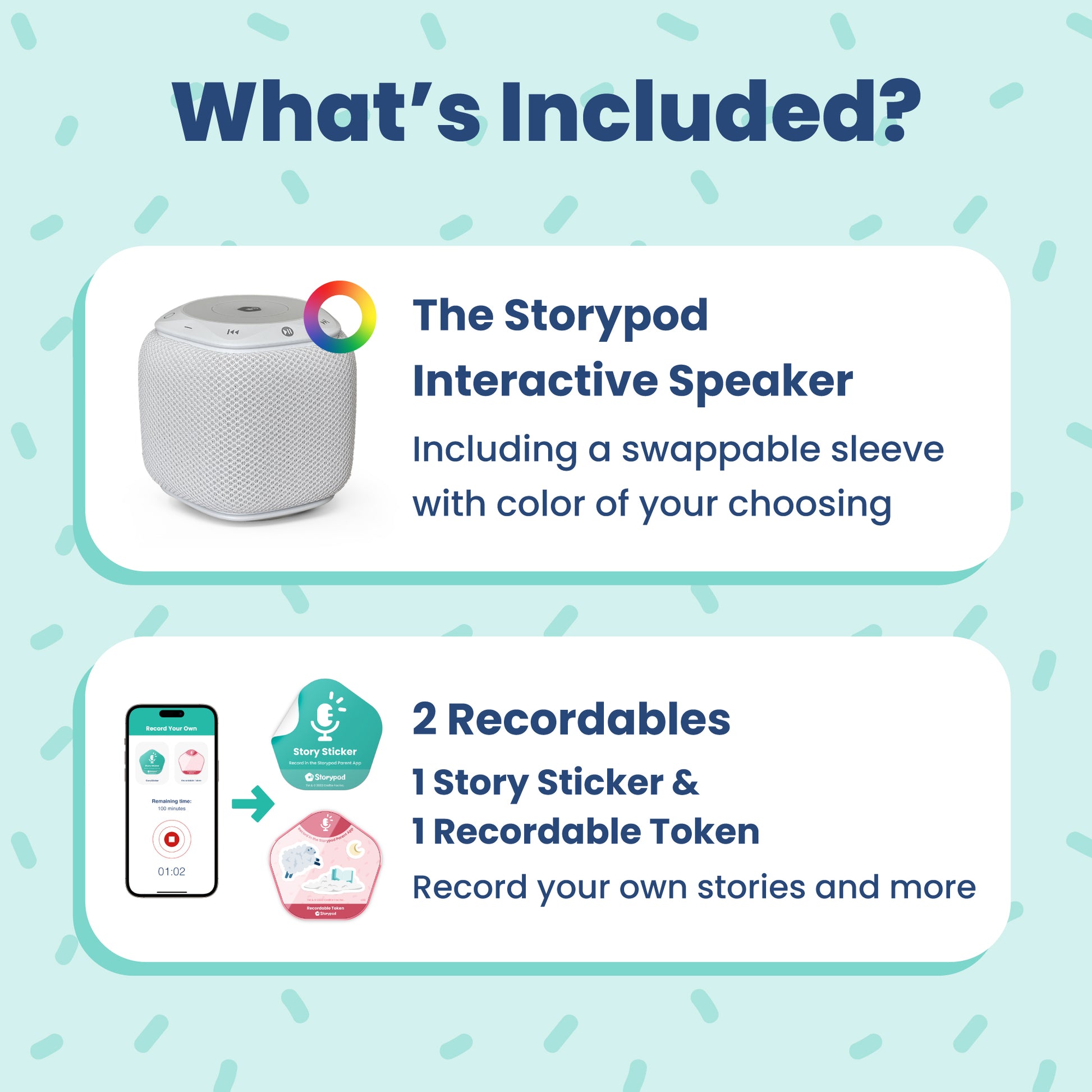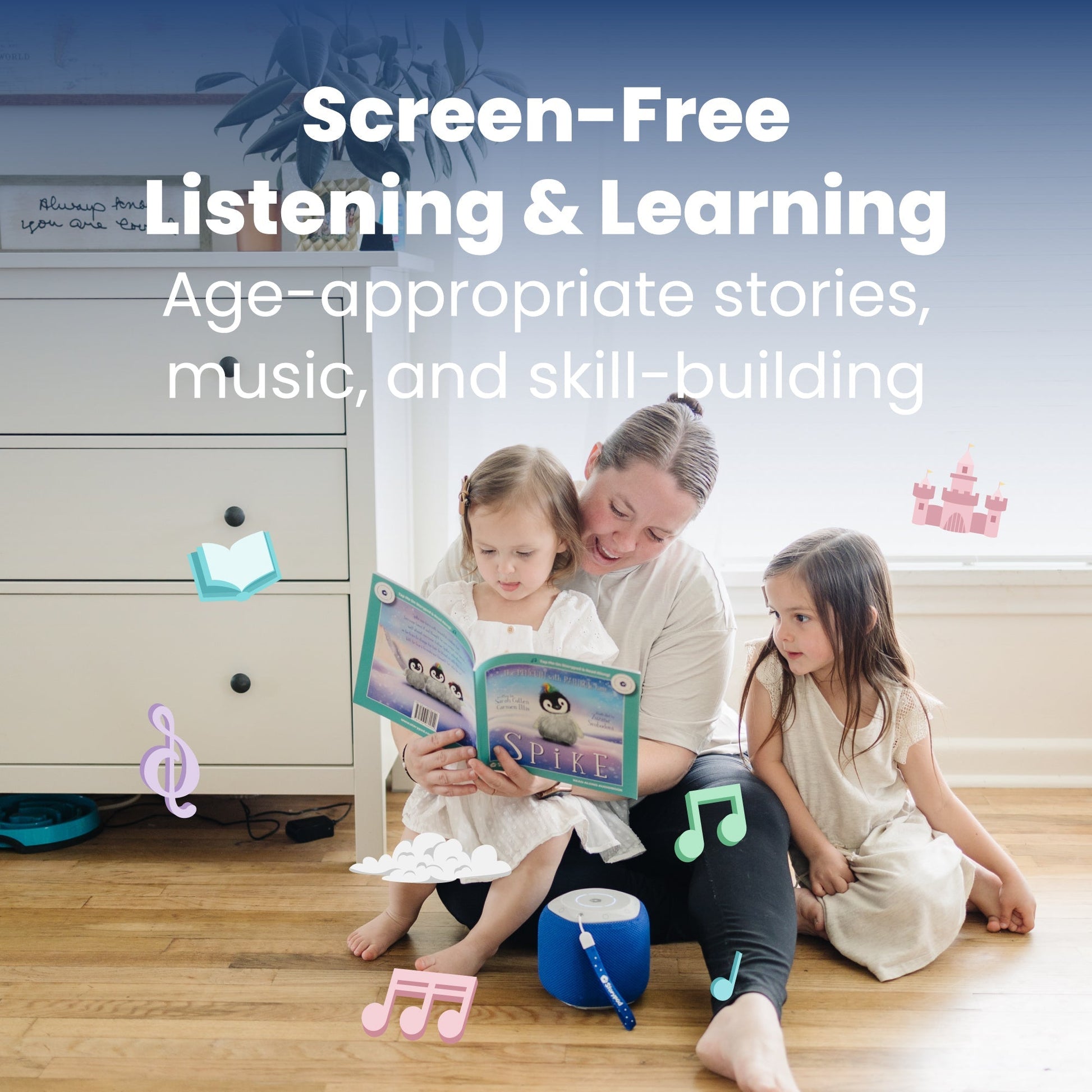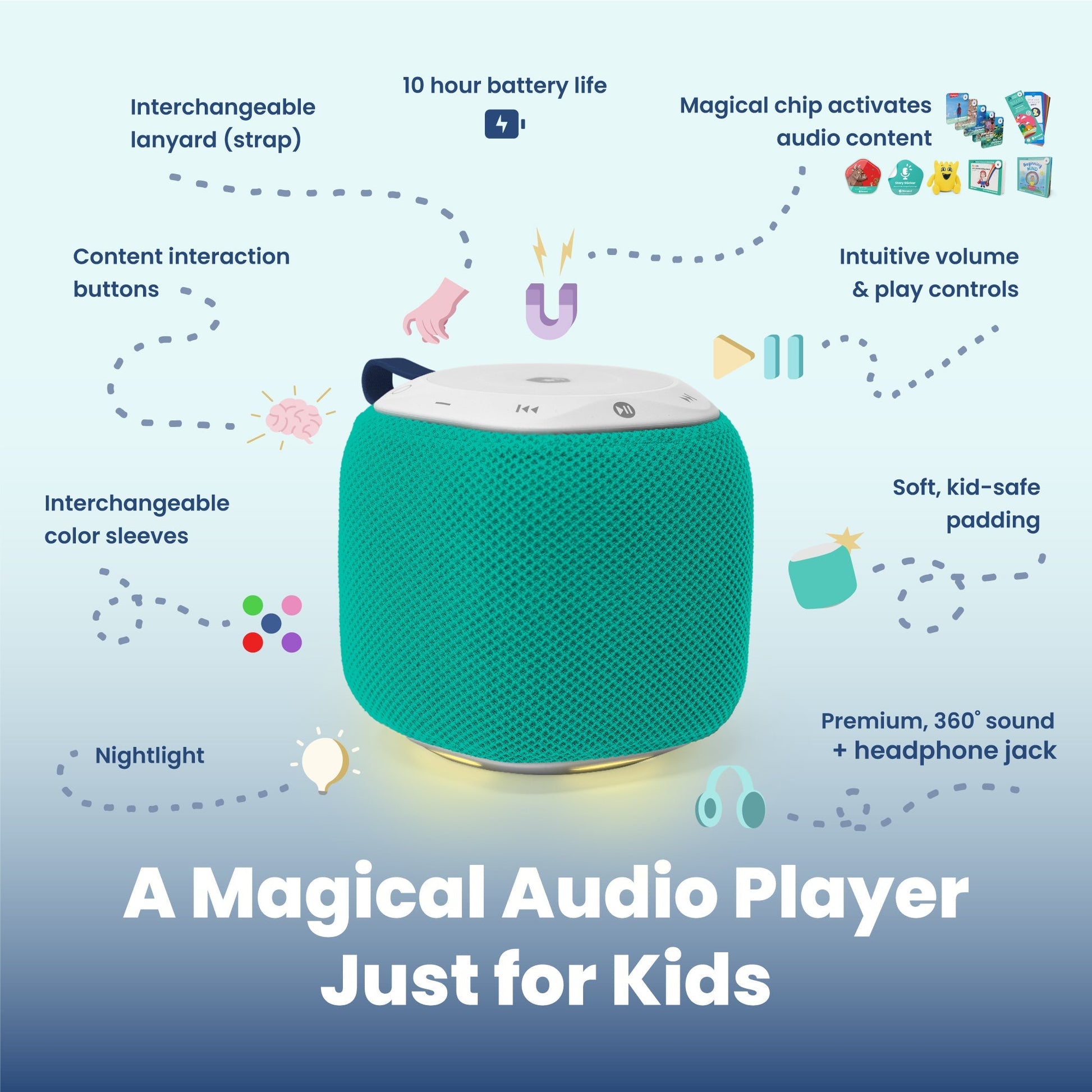Standing for science, technology, engineering, and mathematics, STEM has become a hot topic in recent years because of the prevalence of (lucrative) technology-centered careers all over the globe. Studies show that STEM careers have grown 70% since 1990 and the United States Bureau of Labor Statistics predicts a 10.5% growth in STEM jobs within the next decade, a statistic that is only apt to grow as technology continues to advance. Because of its high demand, education has placed a strong emphasis for STEM-based programs and curriculum. In fact, the U.S. government has poured hundreds of millions of dollars into STEM education!
However, STEM education isn’t just instruction in science, technology, engineering, and mathematics. STEM is actually a way of thinking and operating. It is hands-on, problem-based learning that focuses on innovation, initiative, and both teamwork and independent thinking.
What Does STEM Education Look Like?
If you walk into a STEM classroom, you’ll see students working together to solve a problem. The air is filled with productive noise, the teacher is milling about and giving guidance when necessary, and the students are contributing questions and ideas. At the kindergarten level, a STEM challenge could look like building a strong house for the 3 Little Pigs after reading the classic tale. While this may seem like a simple and playful activity, it’s engaging the child in critical thinking and engineering. What materials are sufficiently sturdy to ward off strong winds? How large does the base have to be if we want the house to be tall? Is the foundation on which the house stands strong enough to support the building? Of course, the kindergarteners aren’t thinking about these questions, exactly. But they are experimenting and innovating to come up with the answers!
What are STEM Skills?
Engaging in STEM activities develops a myriad of important life skills. These include, (but aren’t limited to):
- Creativity
- Problem solving
- Collaboration
- Critical analysis
- Independent thinking
- Digital literacy
- Initiative
How Can I Encourage STEM at Home?
Fortunately, something as important as STEM doesn’t have to be constrained to the confines of a classroom. Adopting a STEM mindset at home is easy and will promote valuable abilities!
- Engage in hands-on activities - Whether it’s building a Lego kingdom or asking your child to help with a project in the garage, anything that involves building, creating, or fixing is sure to develop STEM skills.
- Share real-world problems with them - Tell them that squirrels are getting into your garden and you need a way to protect your plants, or that there’s too much sun coming into the room in the morning. Get their little minds thinking about solutions and let them execute their ideas!
- Give them the space to explore - Place them in the tub with all sorts of containers and safe, non-toxic ingredients so they can conduct water-based experiments. Give them time outside to play in the dirt. Provide them with interesting materials, like clay, and see what they create. Like Einstein said, “Play is the highest form of research.”
While we don’t exactly know what jobs will exist in the coming decades, STEM will ensure that your child will be prepared for anything that comes their way. And best of all, children love it! It’s an opportunity to follow their curiosity and flex their minds in order to come up with tangible indicators of success and learning.



























